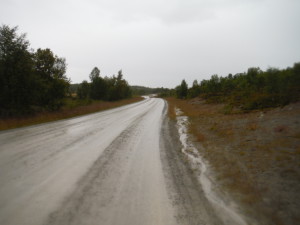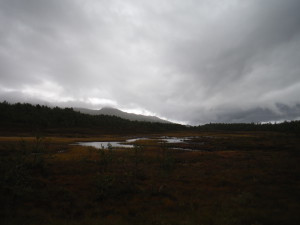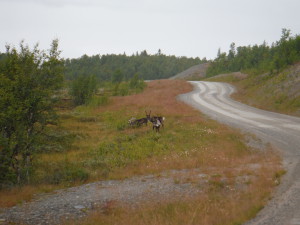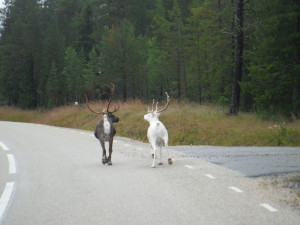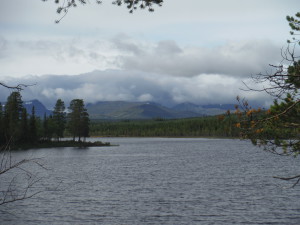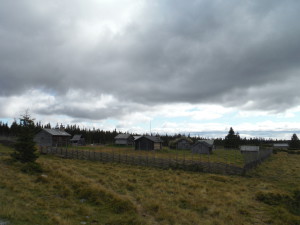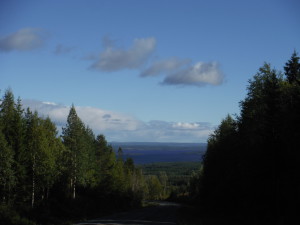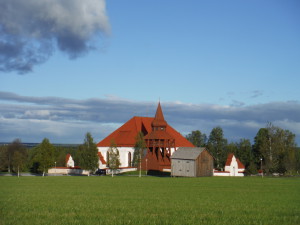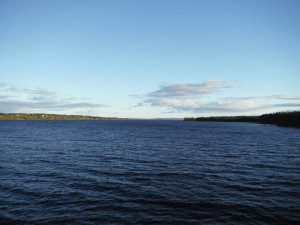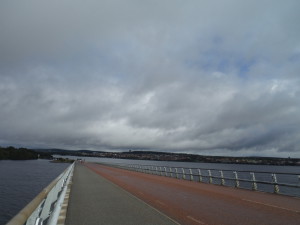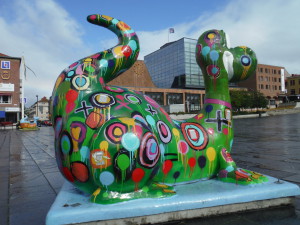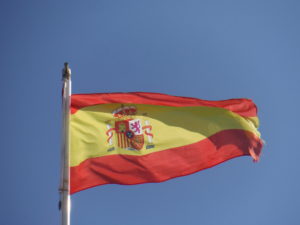
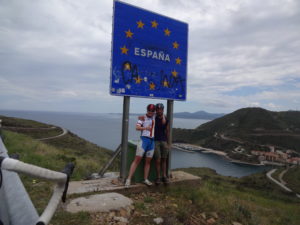
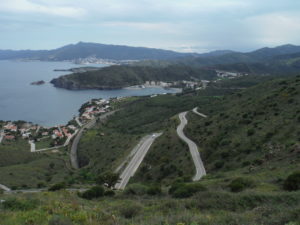
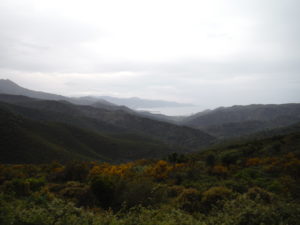
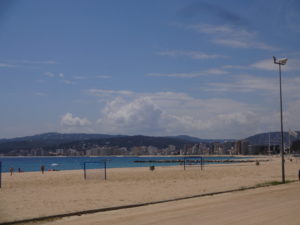
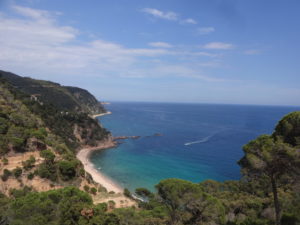
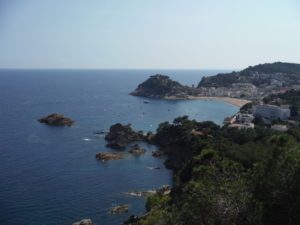
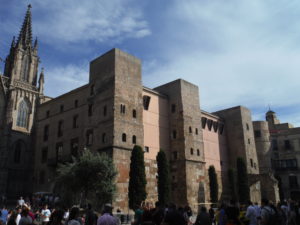
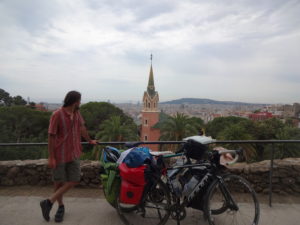
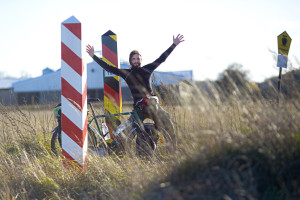
November the 8th, I cross the German border.
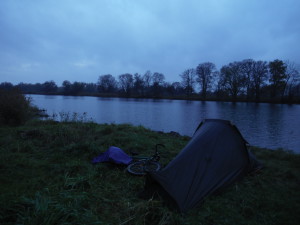
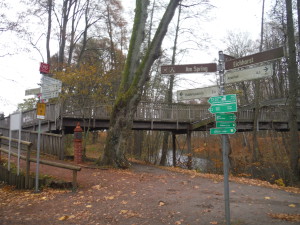

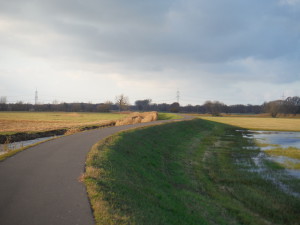
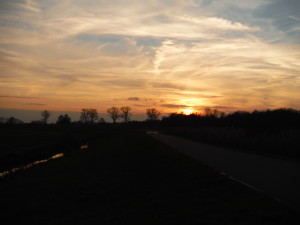
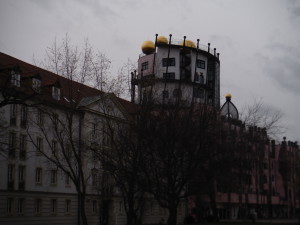
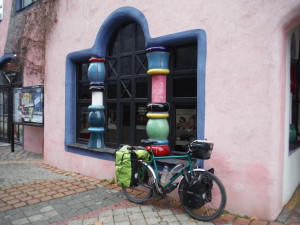
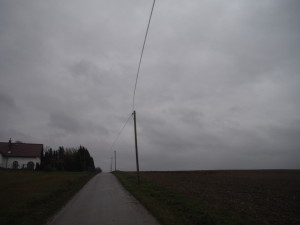
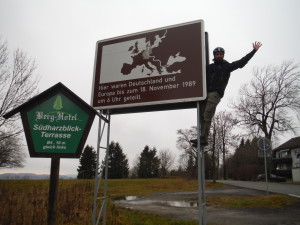
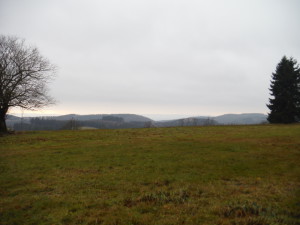

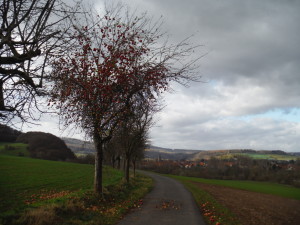
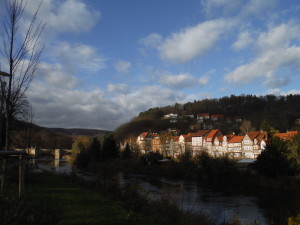
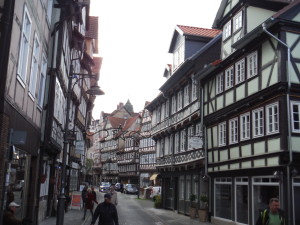
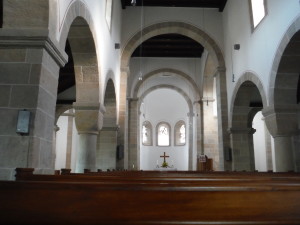
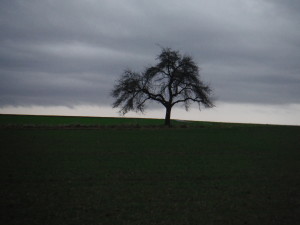
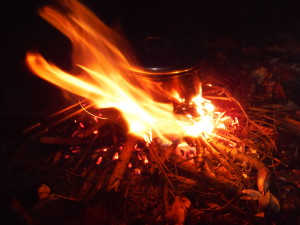
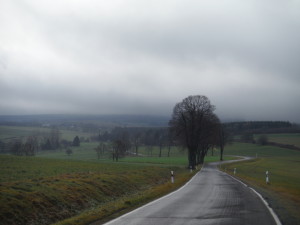
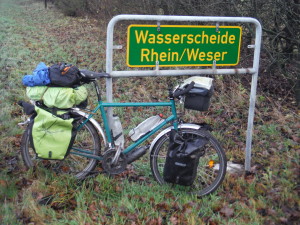
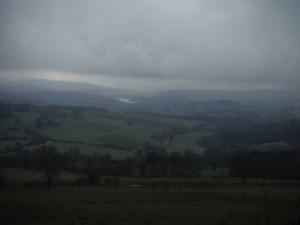

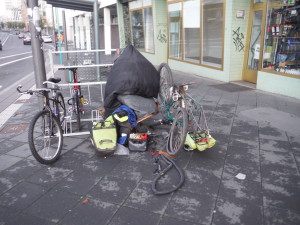
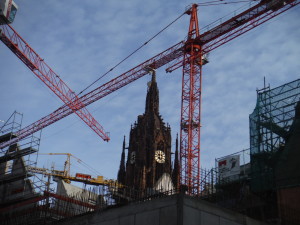
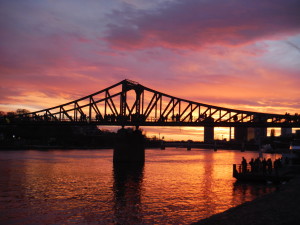
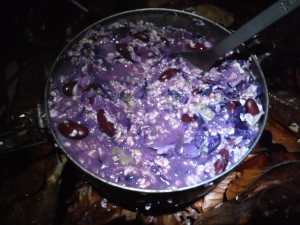
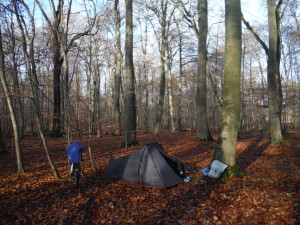
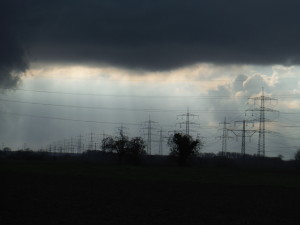
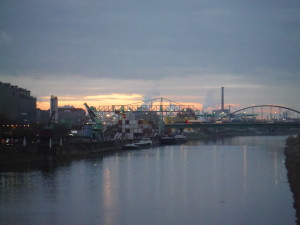
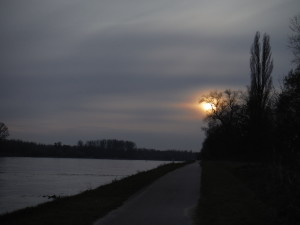
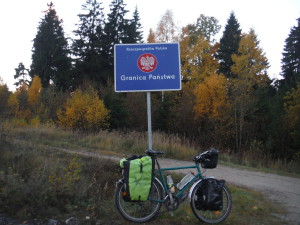
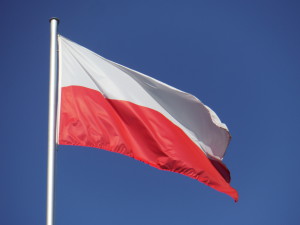
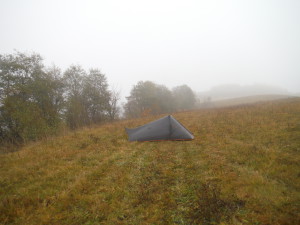
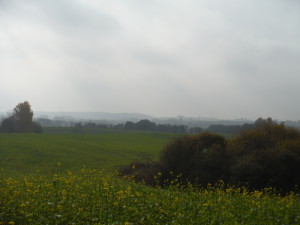
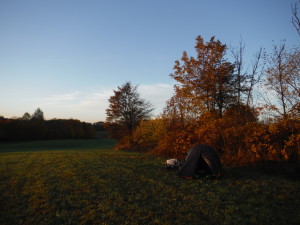
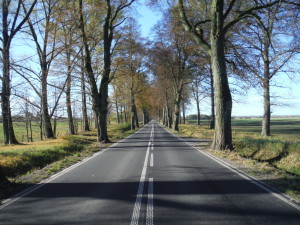

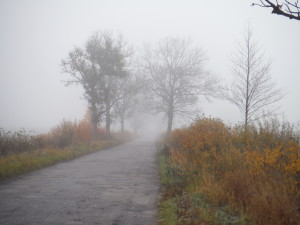
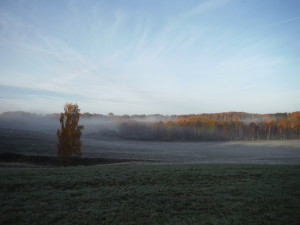

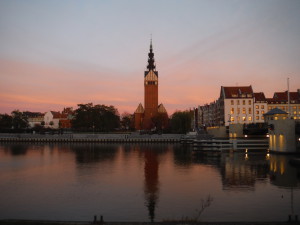

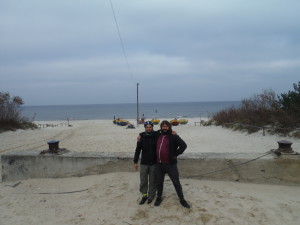
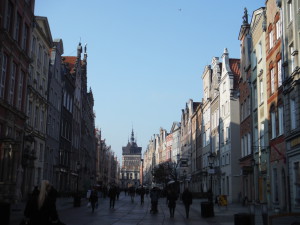
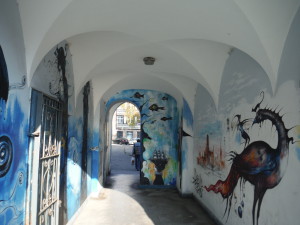
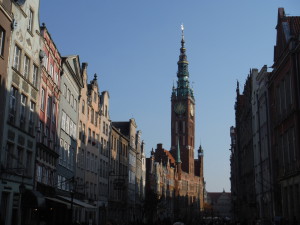
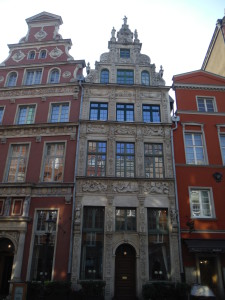
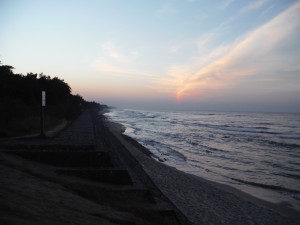
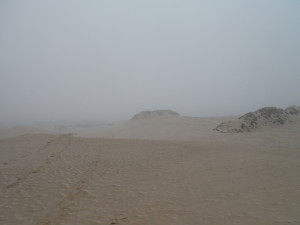
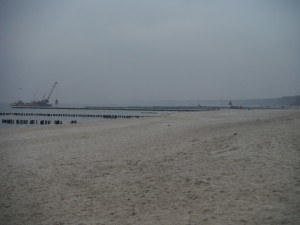

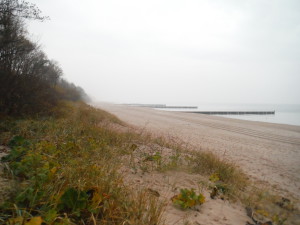
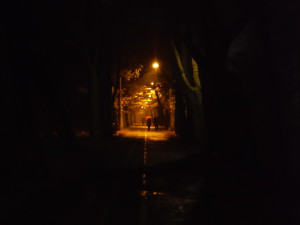
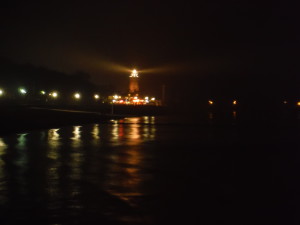
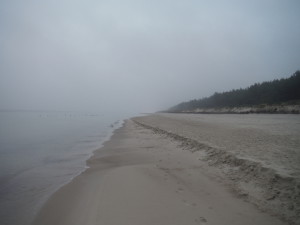
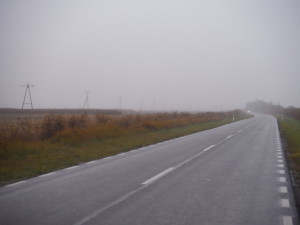
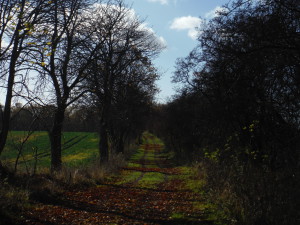
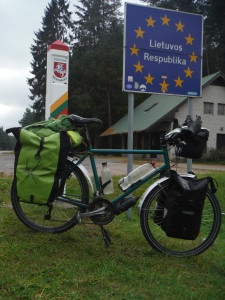
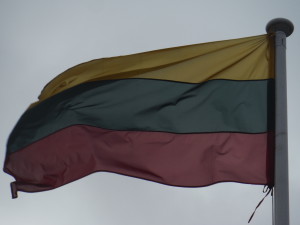
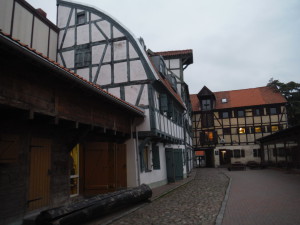
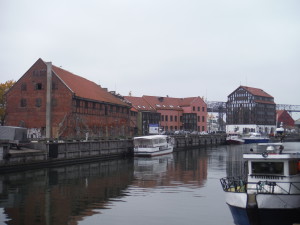
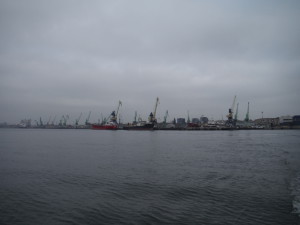
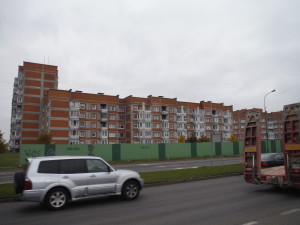
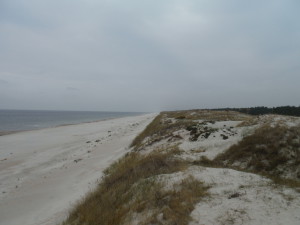
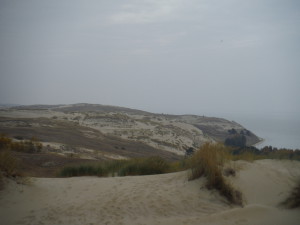
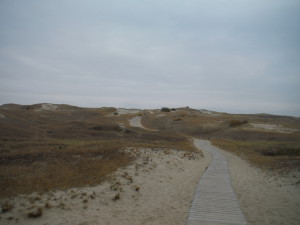
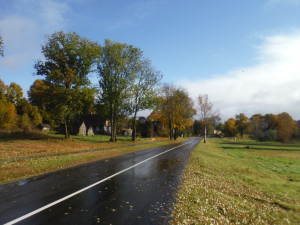

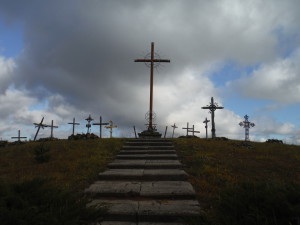
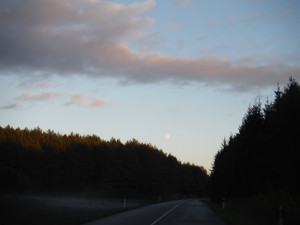
With the winter, the days gets very short. As I mostly sleep in the forest and fields, I don’t write the blog at night… And when I stop during the day, it take on the day time which it already too short… So, there is few text about this part of my trip.

October the 18th, I enter in Latvia, the sun is going down and I camp at a fire place in Ainaži. There is some hoarfrost on the fields at the morning.
I go south along the sandy coastline, crossing pine tree forests. I follow the baltic sea european cycle road, but there no amenagement for cyclists have been done and the road is not so good… There is a big road with quite a lot of trucks, or some pathes more close to the sea. But those passes are quite hazardous, and more designed for mountain biking. Following them, I get to walk my bike on a rocky beach, and to cross sandy forests where my bike stop in the sand…
I arrive in Riga the 13 of October, there I am hosted by a nice young family that I meet through WarmShowers. I spend one and a half day in the city, visiting and giving a hand to local bikers association !
I am on the roud agein and go to the west to goin back the cost in Júrkalne, then I continu – south, along the sandy coastline – in the direction of Lithuania. On the way I visit the city of Liepāja, and I spend some time on wonderful sandy beaches, with nobody with the cold weather.
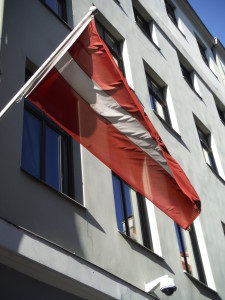
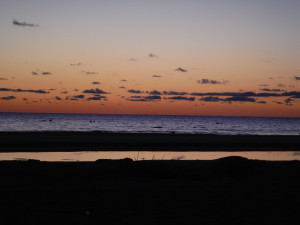
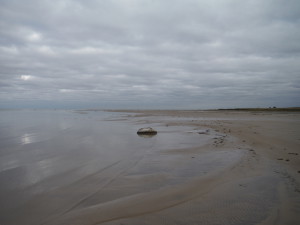
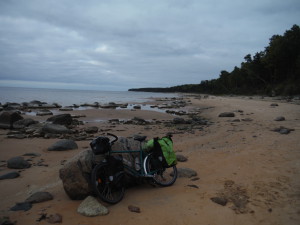
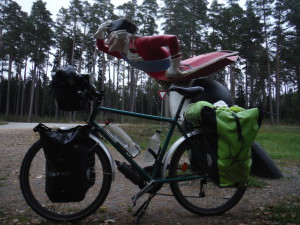
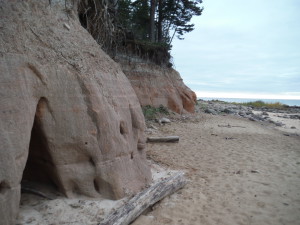
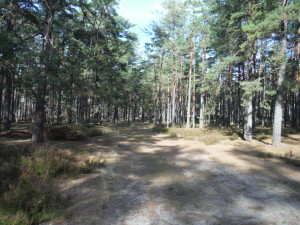

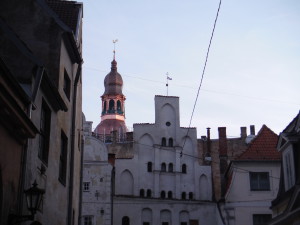
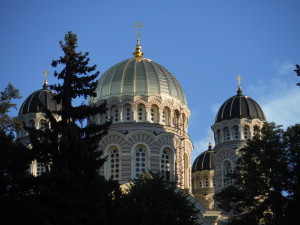
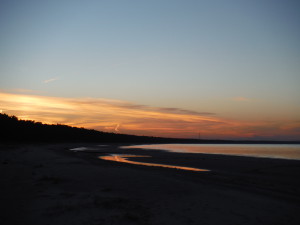
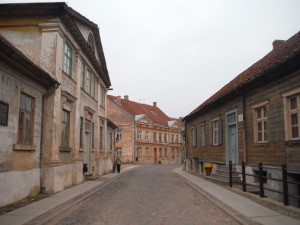
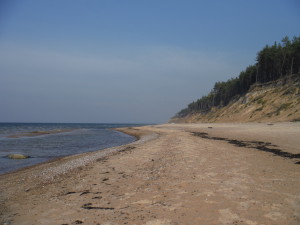

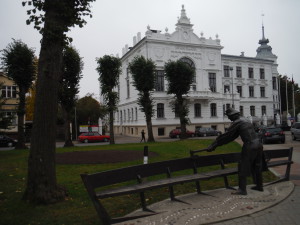
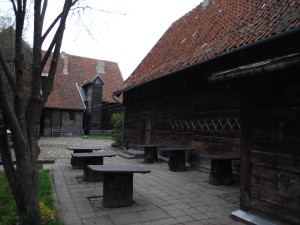
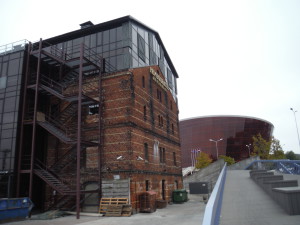
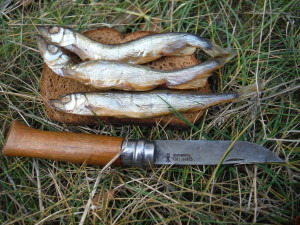
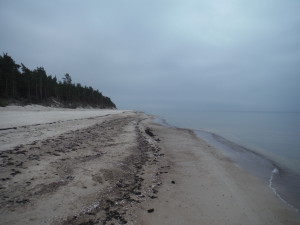

Le 1er Octobre, je prend un Ferry d’Helsenki vers Tallinn, et j’entre en Estonie ! Je passe une journée complète à Tallinn où je visite la ville. C’est la première grosse ville médiévale que je traverce depuis l’Allemagne !
je longe ensuite la côte, directions les iles. Je passe deux jours sur Hiiumaa, dont je fais le tour, puis un rapide passage sur Saaremaa et je reviens sur le continent, et… je longe la côte. Je passe à Pärnu, puis je fille vers la Laittonie, toujours le long de la côte.
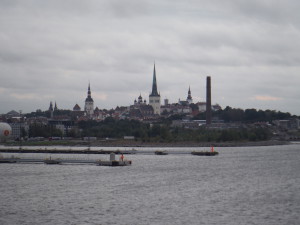
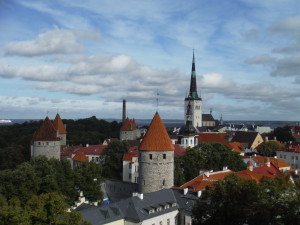
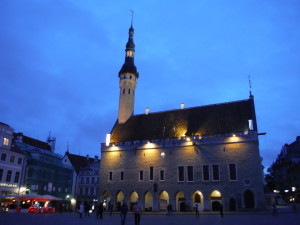
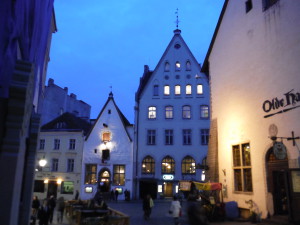
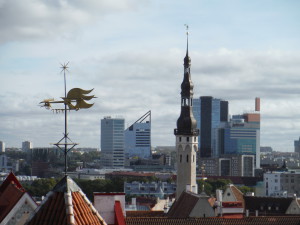

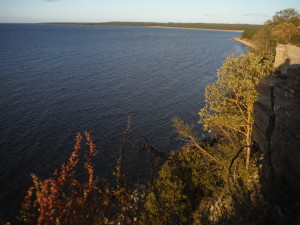
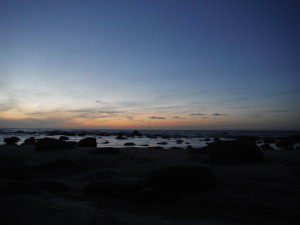
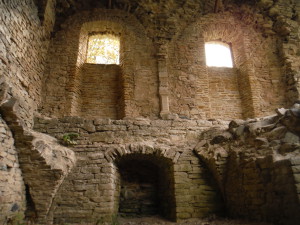
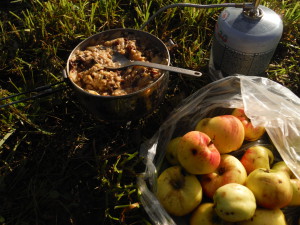
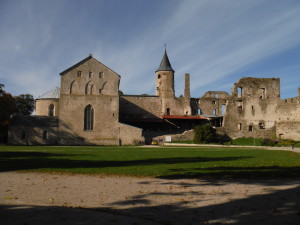
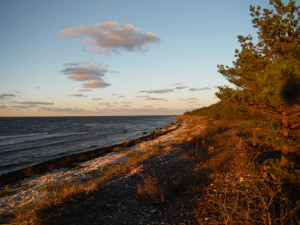
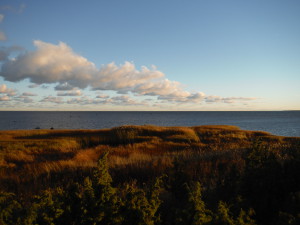
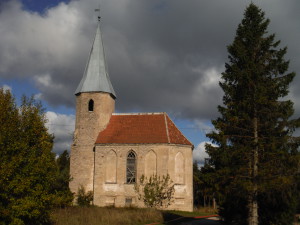
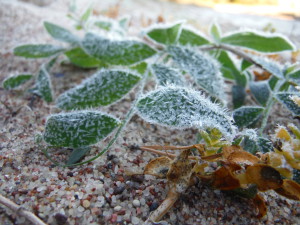
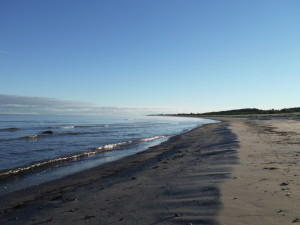
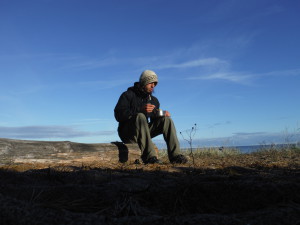
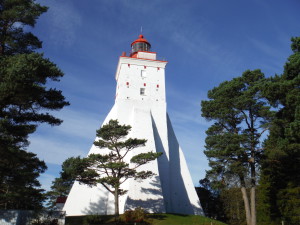
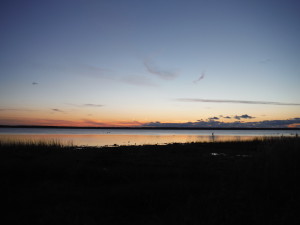
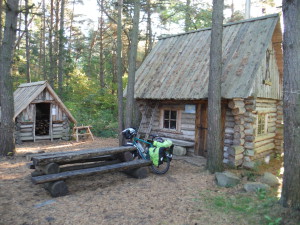

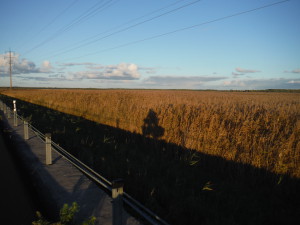
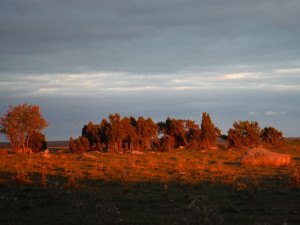
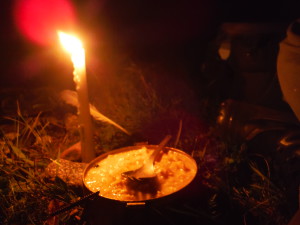
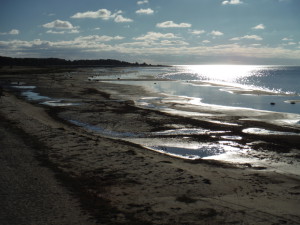
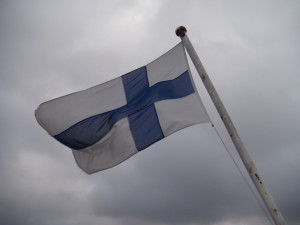
September the 16, I arrive in Fliland. I have contacted someone from CoushSurfing in Vaasa. She provided me a great welcome in Finland, talking about the country, basics of the languages, sauna and bath in the see, local beers… I decided to go and visit the Kvarken archipelago 30 km away. Those islands has a particular geography because the uplift caused by the melting of the glacier that was there during the last ice-age is there very quick (8mm / year ). These are formed by the front moraines of the glaciers formed where those ended into the see. This leads to straight lines of elongated islands.
When I arrive on the archipelago, the rain begins to fall. I go to a small open cabinet on the national park, and spend the night there. At the morning the rain is still falling and I can’t see the islands… I decided to spend a rest day here, hoping no rain for tomorrow. And on saturday morning the sun is shining !
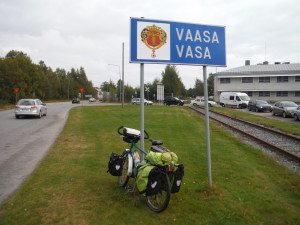
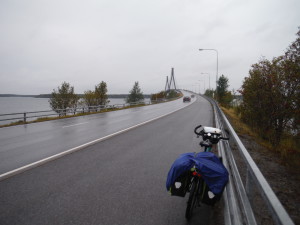
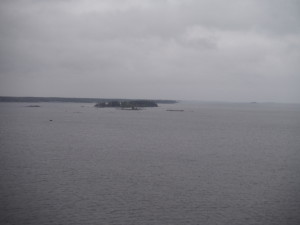
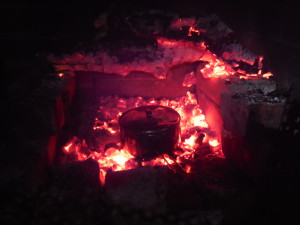
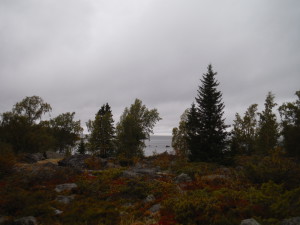
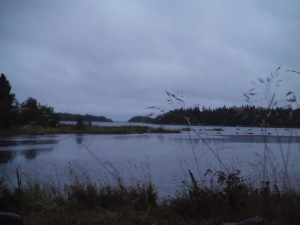

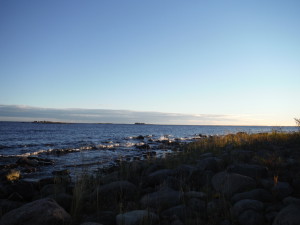
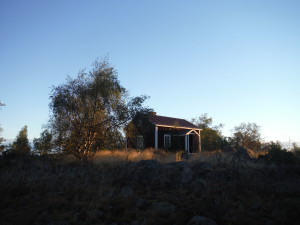
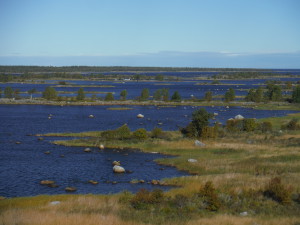
After staying on the Kvarken archipelago for two days, I am go east, inland, in the direction on the big lakes of Finland. After 10 days sleeping in the forest, I had 3 rest days with a guy meet through couch-surfing… In the countryside around lahti… Swiming, montain-biking, hiking, tolking…
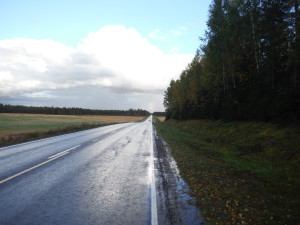
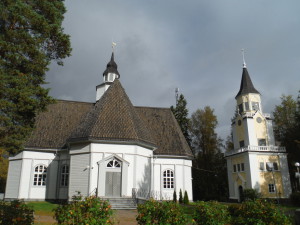
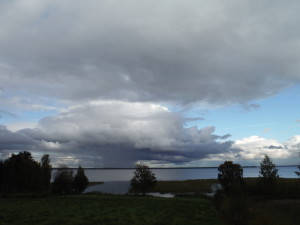
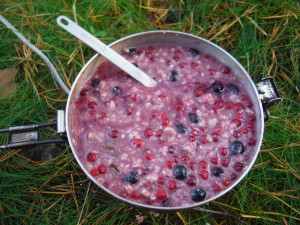
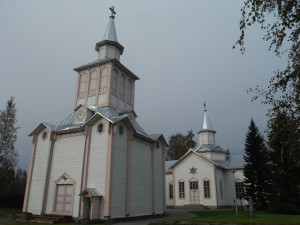
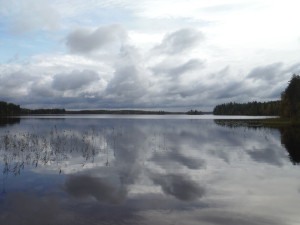
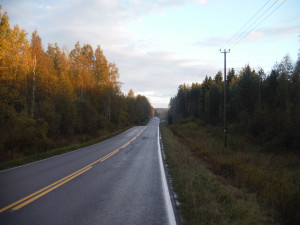
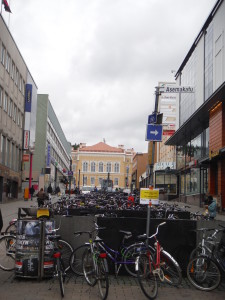
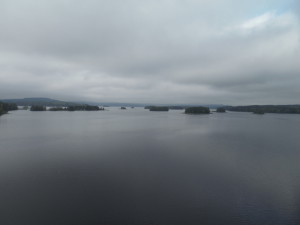
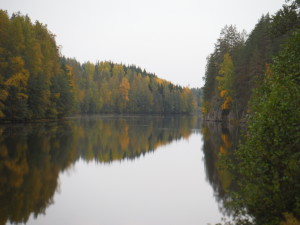
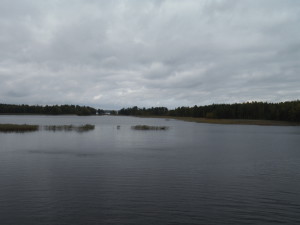
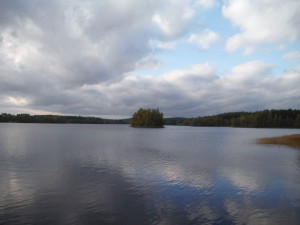
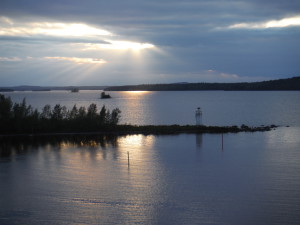
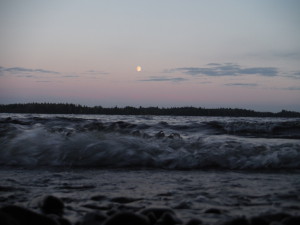
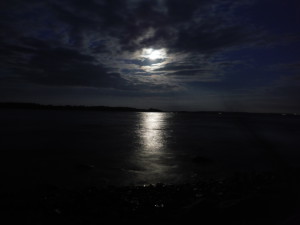
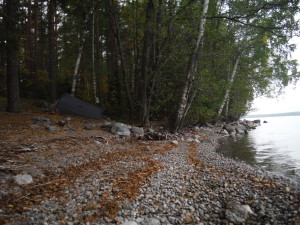
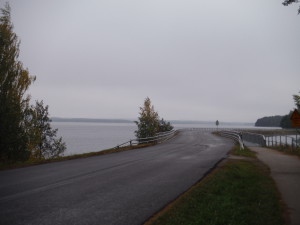
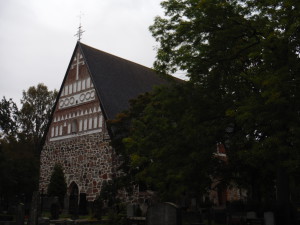
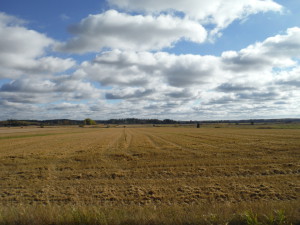
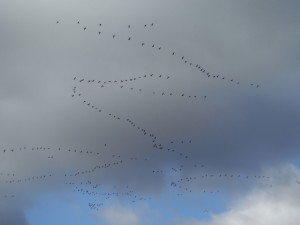
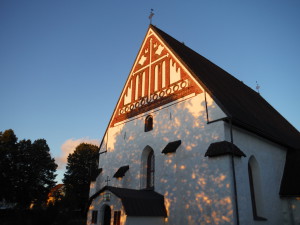

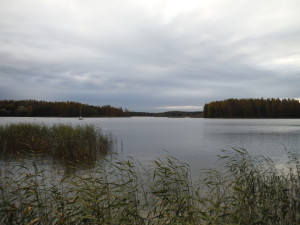
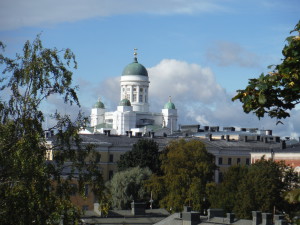
Depuis une semaine, je traverce les forets de suède. Je suis maintenant à Umeå, demain, je prend un ferry pour Vassa et la Finlande.
Mais je dois maintenant aller au port pour prendre mon bateau tôt demain matin… les photos vont venir !
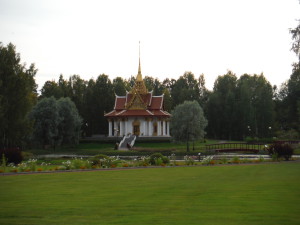
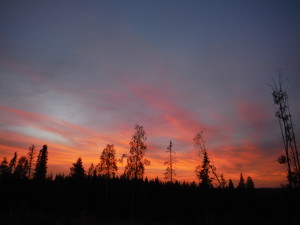
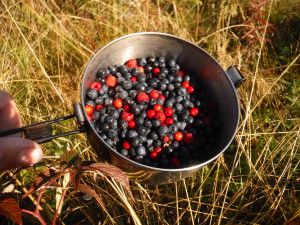
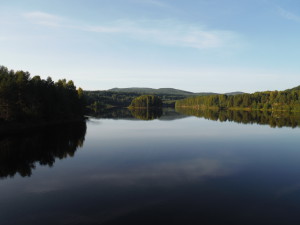
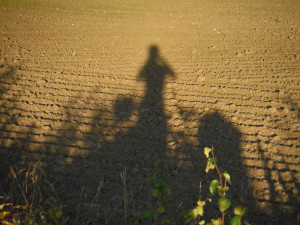
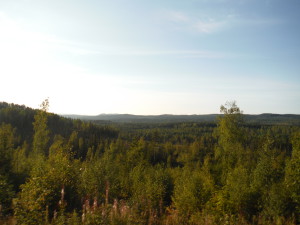
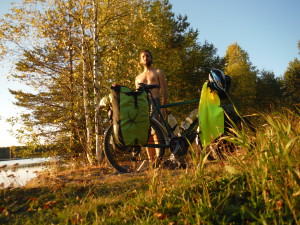
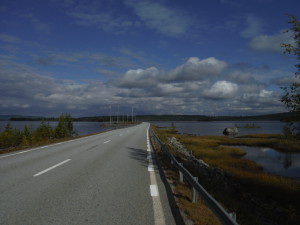
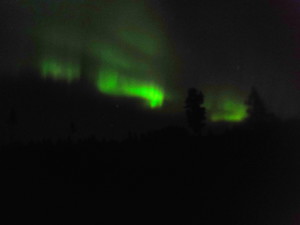

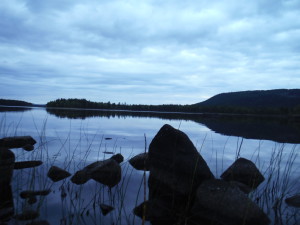
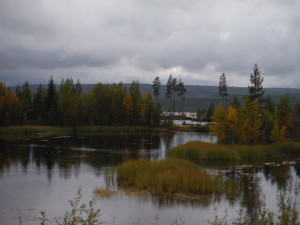
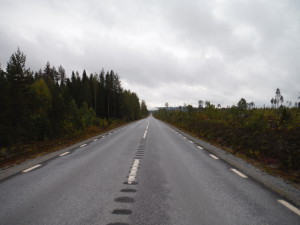
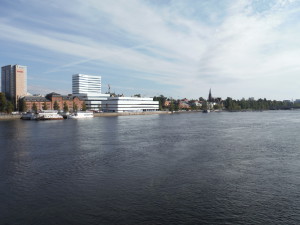
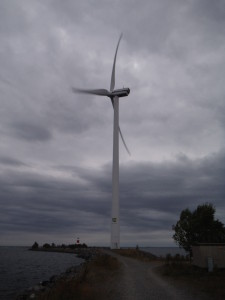
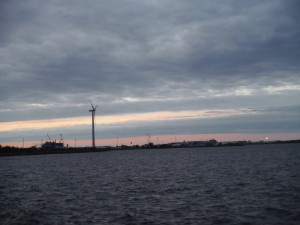
This article is in english as I want locals to understand. Désolé pour ceux qui ne comprennent pas l’anglais. And the ones who don’t know french will be happy !
After Östersund, I am not anymore in the mountains. I am now riding accross hills cover by forest of pines, firs and birches. Between these hills, there are numerous big lakes.
All these landscapes have been formed by glaciers during the last ice-age. More of the lakes are long and narrow in a valley and retain by the front moraine of the old glaciers. The moraine hills, formed of sand and gravels, prevent the river to flow, and a side pass have been found by the water, creating waterfall on the rocks.
This was the case on the Ragundasjön, which ended by strong rapids. Here, forestry have been a main activity from centuries. And people used the water stream to carry the wood downstream. The waterfall was then a main problem as it breakes the trunks. The, people were trying to create side pass for the wood, in order to prevent the trunks to break in the rapids.
Let’s read some more explanation on this picture…
This is not a picture….
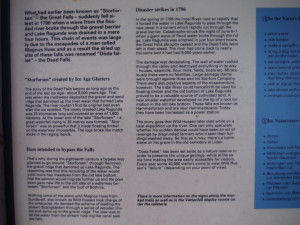
The ingeneer Vildhussen, has the smart idea of using the stream of a small creek to erodate the moraine.
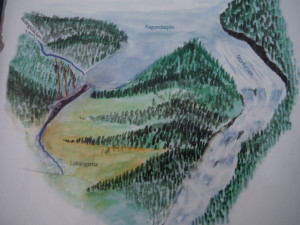
But during the floods season of 1796, the water began to take the side pass created for the wood, eroding more deeply the moraine. And the lake was emptied in 4 hours… flooding all the land downstream.
Now the waterfall do not exist anymore, and the rocks the water was falling on are called the dead waterfall.
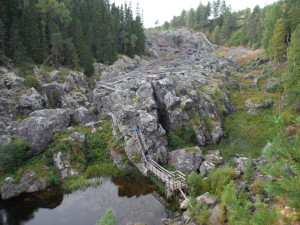
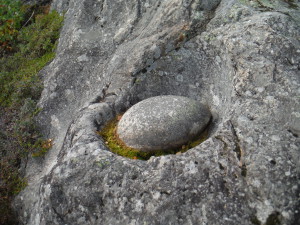
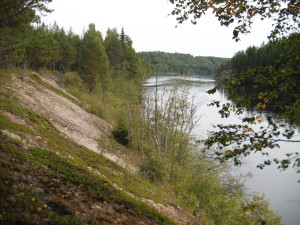
This is an old story but… There is an other lake upstream, the Indalsälven, with a similar geology.
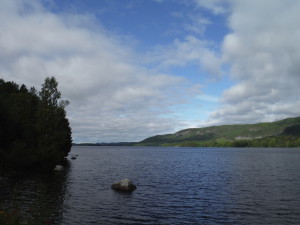
The Indalsälven is retained downstream by a moraine. This moraine is formed by a serie of small hills and several small lakes in the between. These hills are not high up of the lake level, only some meters, and are formed by sand and gravels. These could be eroded easily…
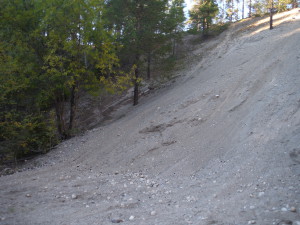
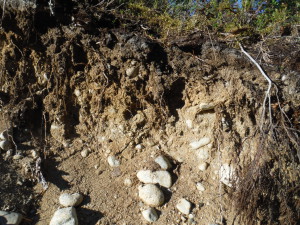
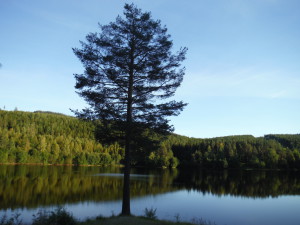
But today, we don’t use anymore the water stream to carry the troncs, we use trucks. We do not employ anymore a lot of people to cut the trees, we use heavy machines. And theses heavy machines erodes soils…
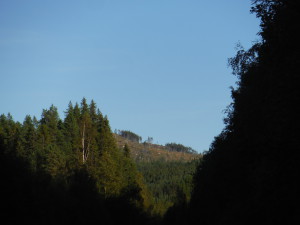
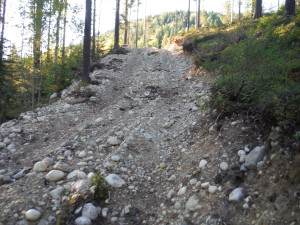
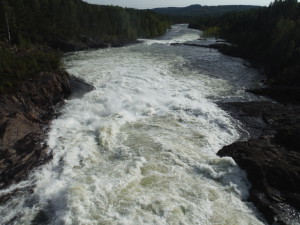


Today the environment agency on the swedish gouvernment assess there is a risk that the story of the dead waterfall heppens again, with Indalsälven, because of the forestery erosion… The newspaper telles about the risk of erosion of the Indalsälven moraines, and the restrictions taken by the gouvernment to prevent it. (you can use google translate to get it in bad english or ugly french). onsite, we do not see so much, just what I tells, the hills are not high and are subject to easy erosion… Some geophysical studies may be needed in order to know how deep is the bedrock and better assess the risk.
There are basically nobody in these hills to ask about their perception of the risk. My guide in the museum does not looks to feel the risk is so huge.
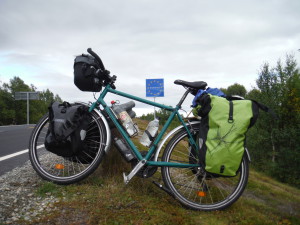
J’arrive en Suède à Funäsdalen. Là j’apprend qu’il y a une petite route dans les montagnes qui va vers Östersund, où j’a iprévu de visiter des gens de WarmShowers. Cette petite route est la plus haute de Suède, près de 1000m, c’est à dire 300m au dessus de la limite des arbres… Je n’hésite pas et je monte ! Avant même que je soit en haut, je me fais rattraper par le pluie et les nuages. Je n’ai aucune vue ! Le landemain après midi, alors que je suis plus bas, le temps se dégage un peu… Je continue ma route et arrive à Östersund le 7. Je passe un bon moment avec mes hôtes suédois !
